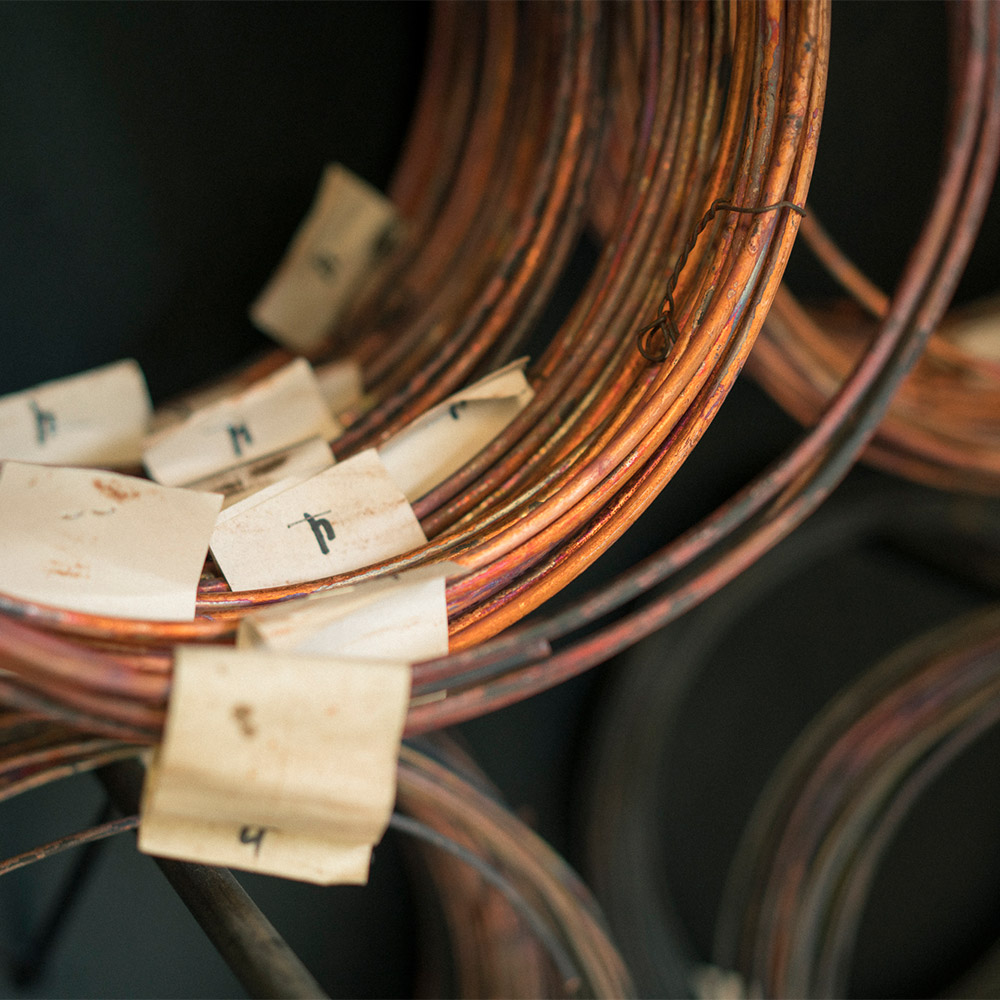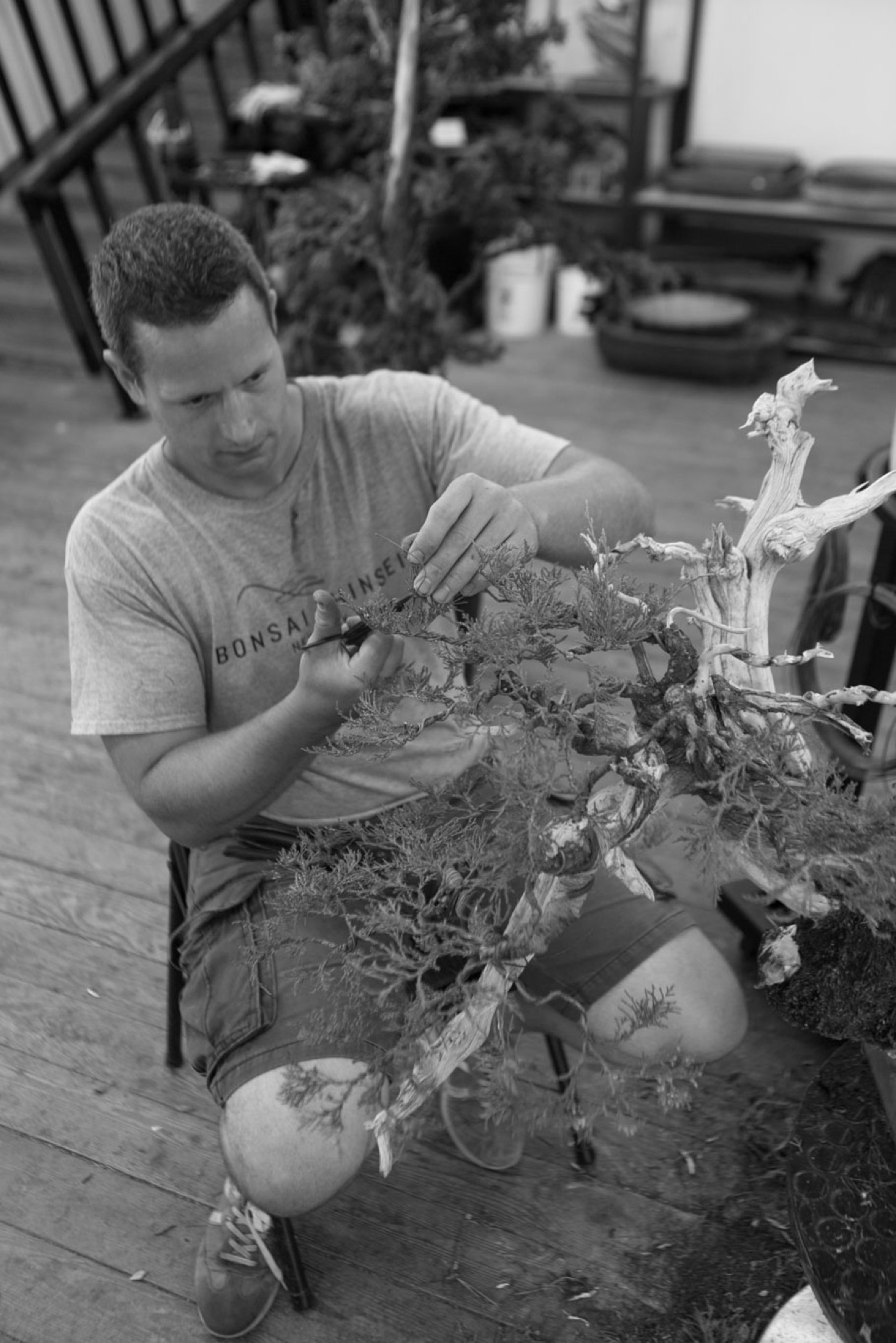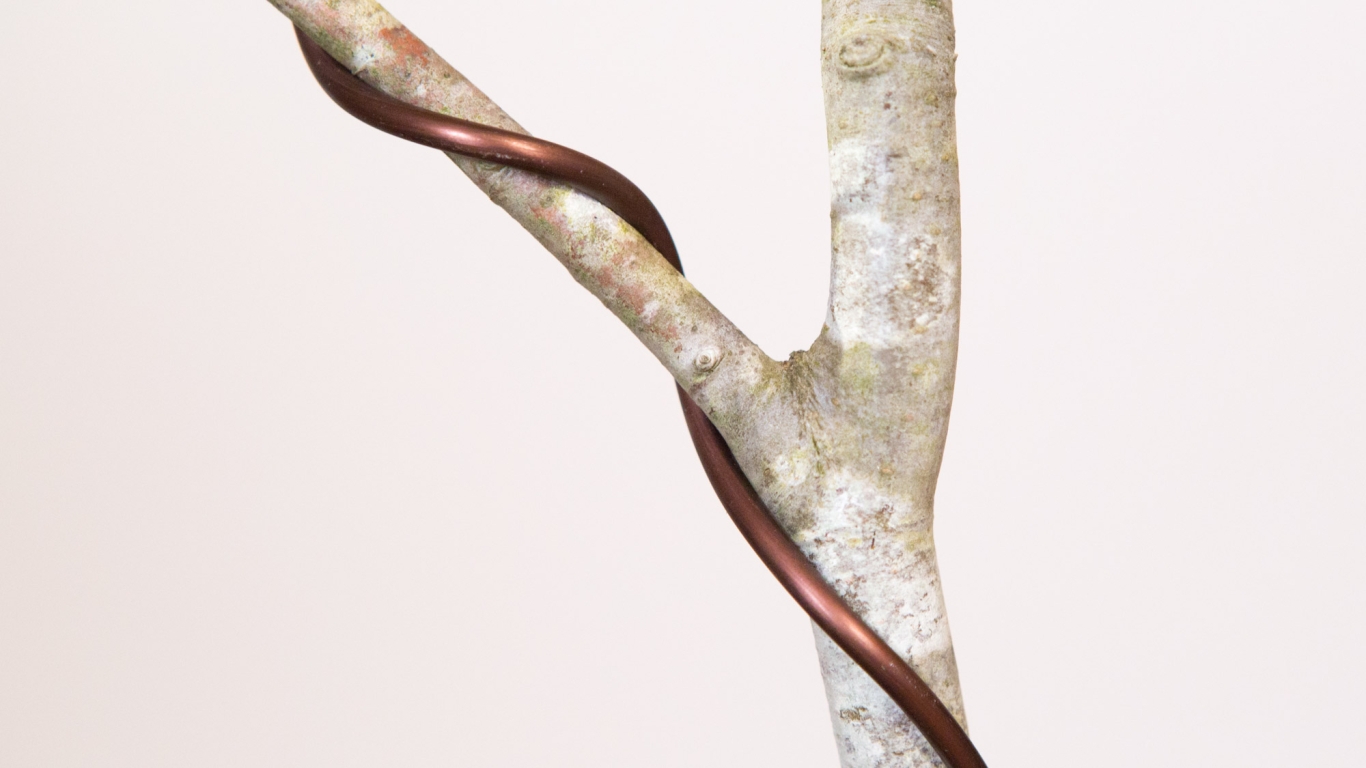5 tips to improve your wiring technique
#1 Function vs. Aesthetic - Every action in wiring has a consideration of aesthetic and of function. Simply put, if it doesn’t look good, something is wrong; if it doesn’t work, something is wrong.
Watch the full Structural Wiring live stream here
#2 Same angle, same spacing, no gaps - This mantra applies to every single turn of wire you put on your bonsai. Each turn should be applied at the same angle. The spacing between each turn should be equivalent. And we should do our very best to not have gaps between the wire and the branch.
"Same angle, same spacing, no gaps - this mantra applies to every single turn of wire you put on your bonsai."
#3 Elongate your angle of application - Common bonsai knowledge in books says 45 degrees is the best angle of application, this overly hardens you wire and makes it less functional. You also end up applying more wire to the branch and that is aesthetically displeasing. 55-60 degrees is the best angle for application— apply less wire that’s easier for you manipulate.


"If you are more focused on the hand that is applying the wire than your supporting hand, your wiring will be compromised."
#4 Use your supporting hand more than the hand that’s applying the wire - The biggest technique to successful wiring both in function and aesthetic involves prioritizing the use of your supporting hand. The supporting hand maintains contact with the wire and the branch, as well as dictates the angle at which wire is applied.
You know that supporting hand isn’t doing its job when you have erratic angles, unequal spacing, or gaps. If you are more focused on the hand that is applying the wire than your supporting hand, your wiring will be compromised.

#5 Use Leverage - With your applying hand, you should hold your wire farther away, at the end of the wire, not up close to the branch. This fundamental use of leverage decreases the amount of effort that you have to put into wiring. It makes your wire softer, gives you more control, and is gentler on the tree.
To gain a full understanding of fundamental wiring theory and technique, watch this live stream.

